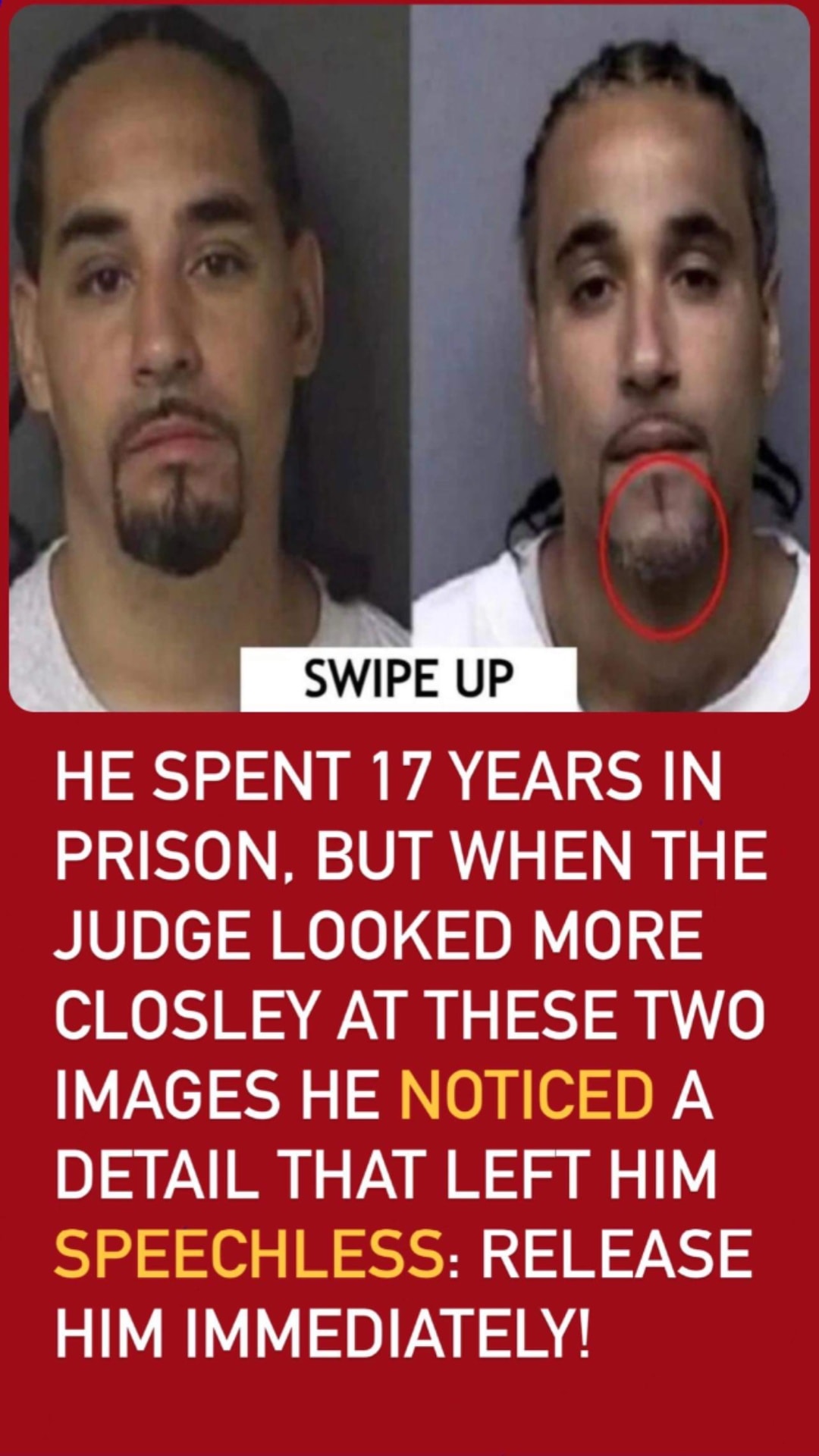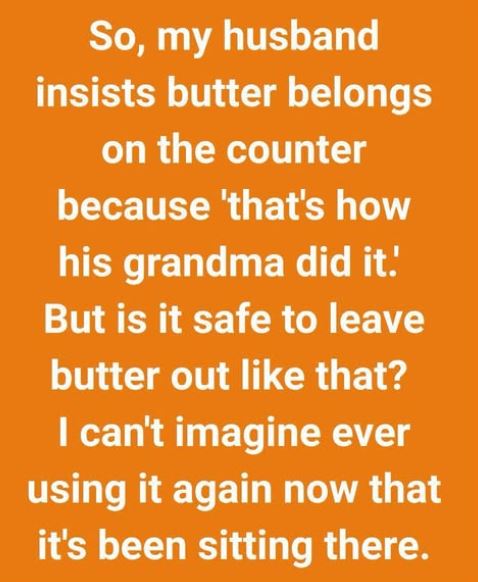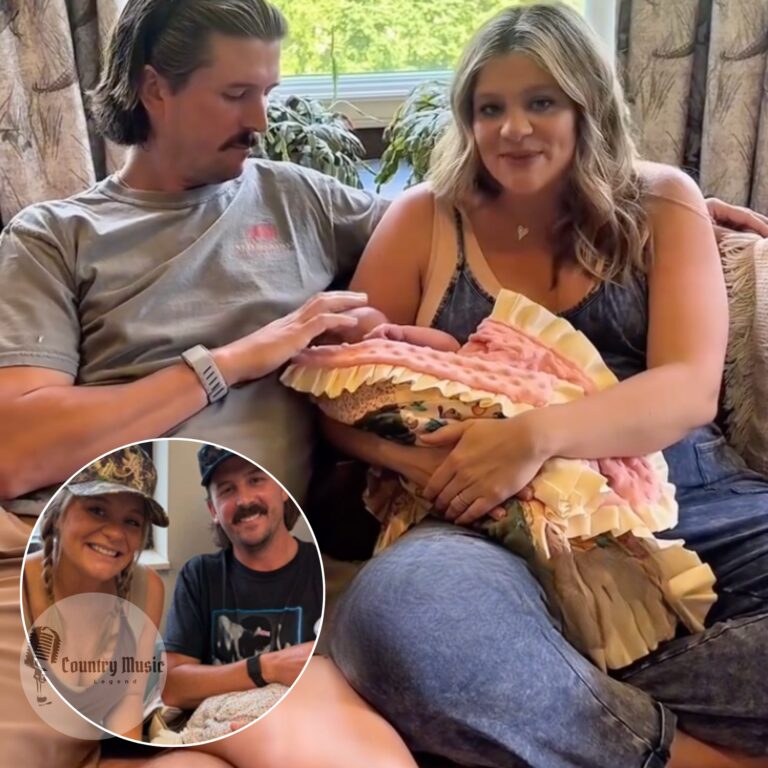An innocent man was sentenced to 19 years, but after the judge reexamined the evidence in his case, he ordered that the man be set free
he was arrested and wrongly convicted of an aggravated robbery he always claimed he didn’t commit. Although he had witnesses, including his girlfriend, confirming he was with them at the time of the crime, the court relied solely on an eyewitness identification.
No fingerprints or physical evidence tied him to the scene. Jones was sentenced to 19 years in a maximum-security prison. After years of failed appeals, he reached out to the Midwest Innocence Project and the University of Kansas’ Project for Innocence.
Their investigation uncovered a shocking truth: a man named Ricky Lee Amos, who looked nearly identical to Jones, lived near the crime scene. When photos of both men were shown to the eyewitness years later, they could no longer say for sure who the real robber was. This new evidence led a judge to overturn Jones’ conviction. On June 8, 2017, after 17 years behind bars, Jones was finally released.


His case was the first resolved under a new law designed to help wrongfully convicted individuals. As a result, he received $1.1 million in compensation. “I hoped and prayed every day for this moment,” Jones said. His story is a powerful example of how justice can prevail, even after many years.






